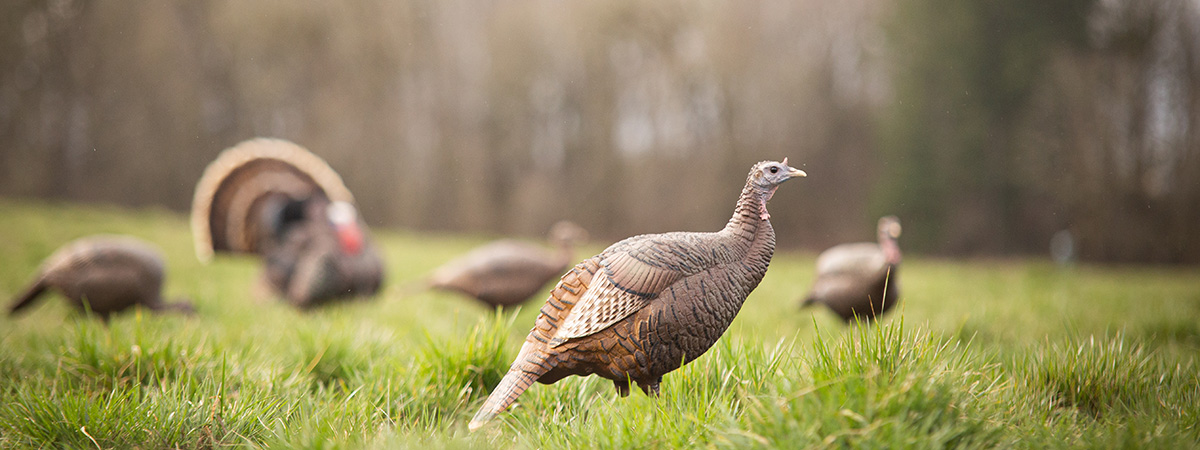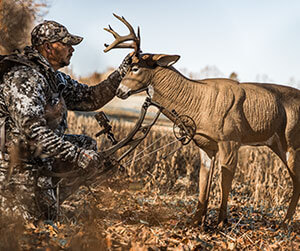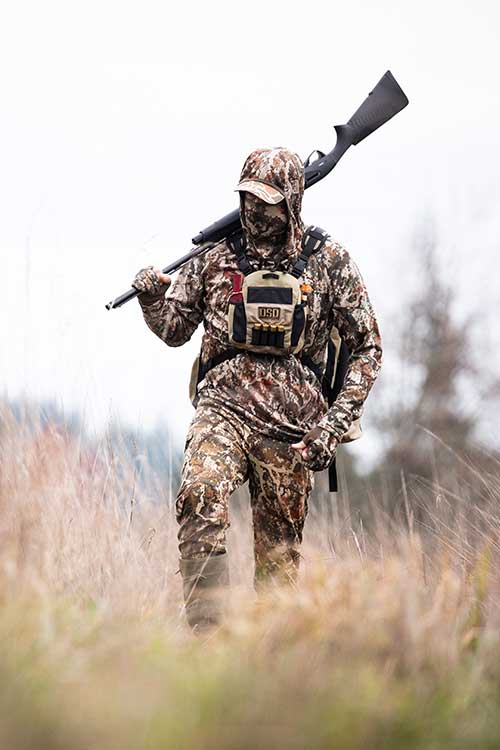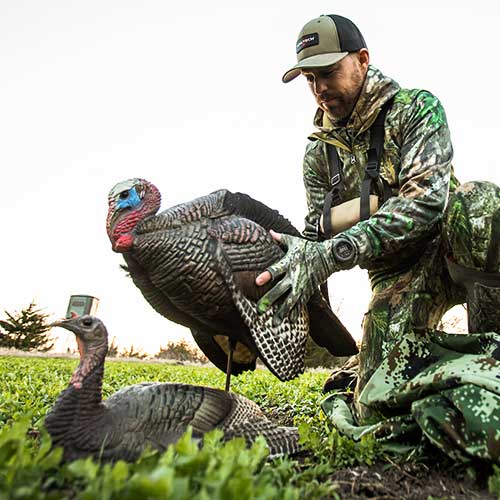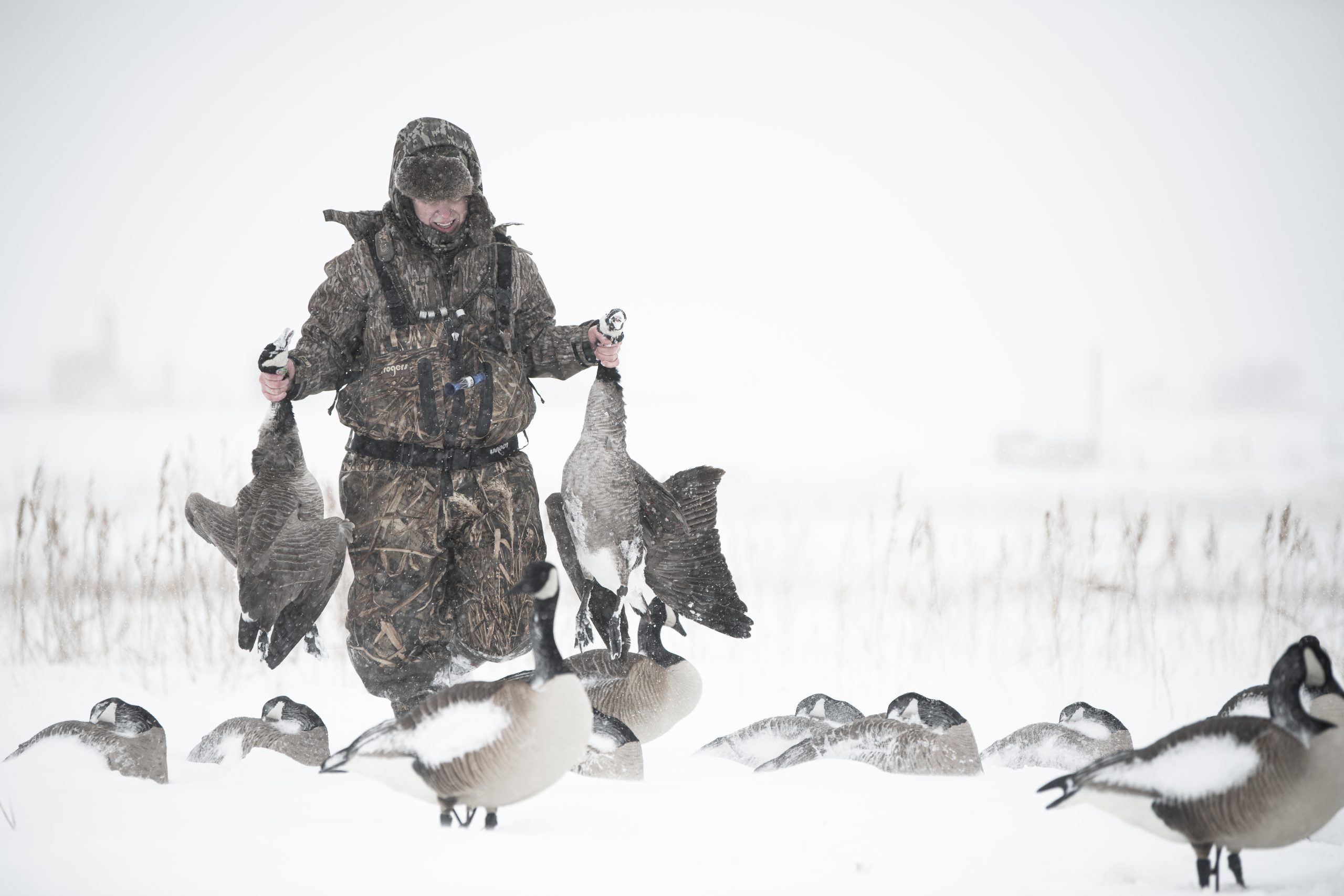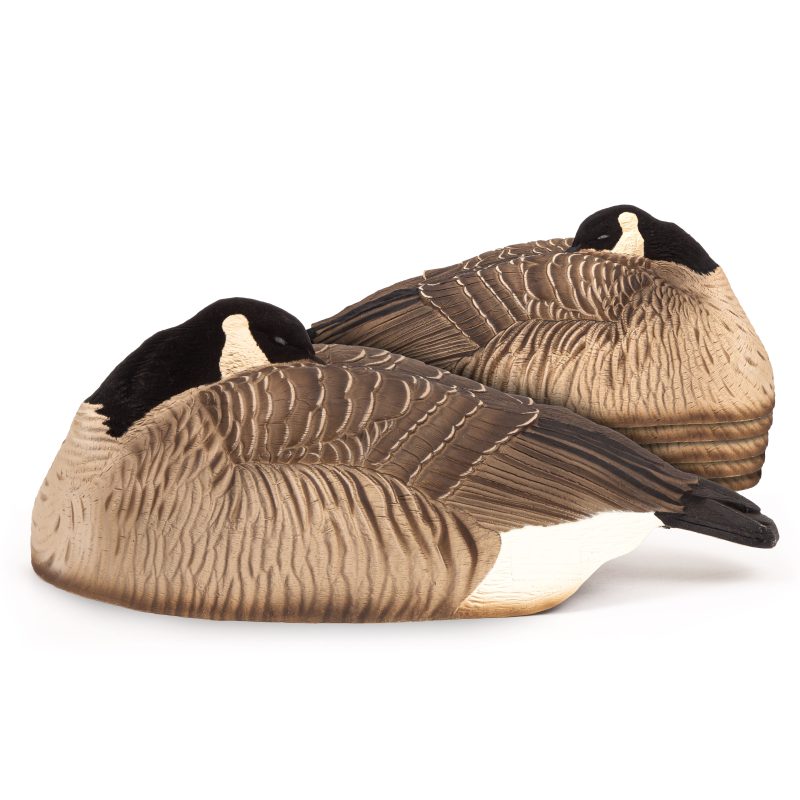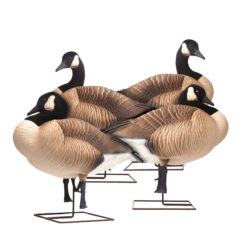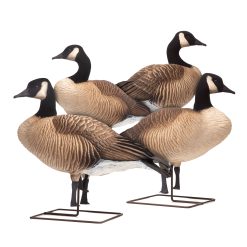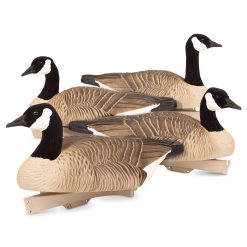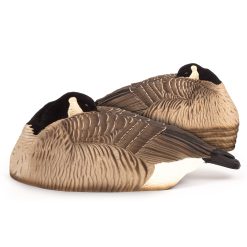
Written by: Forrest Carpenter
“Just thinking of that scene while I type this gives me goose bumps and starts a highlight reel of days-past playing in my mind’s eye.”
When most goose hunters think about using sleeper shells, images of late December, bitter-cold temperatures, and a frostbitten landscape are what typically come to mind. Nothing better duplicates what live geese do in sub-freezing, snow-covered settings than sleeper shells. We’ve all seen it; a flock of geese sets up on a field, backpedals over the snow, keeping their feet tucked until the very last possible second, and immediately lay down after touching the ground. It’s like clockwork. It’s a simple science that’s easy to duplicate. Face your sleepers into the sun (unless the wind is blowing harder than 15mph or so, then face them into the wind), add a few full body rester and uprights for visibility and let nature do the rest. Wash, rinse, repeat. Near my home in Colorado, the first clear, cold day after a storm, if you drive 5 miles you will see 5 fields of geese doing exactly that. I’ll say though, while that is the most common application for sleeper shells, I truly feel like most waterfowlers are missing the boat when it comes to utilizing shell decoys to their full potential.
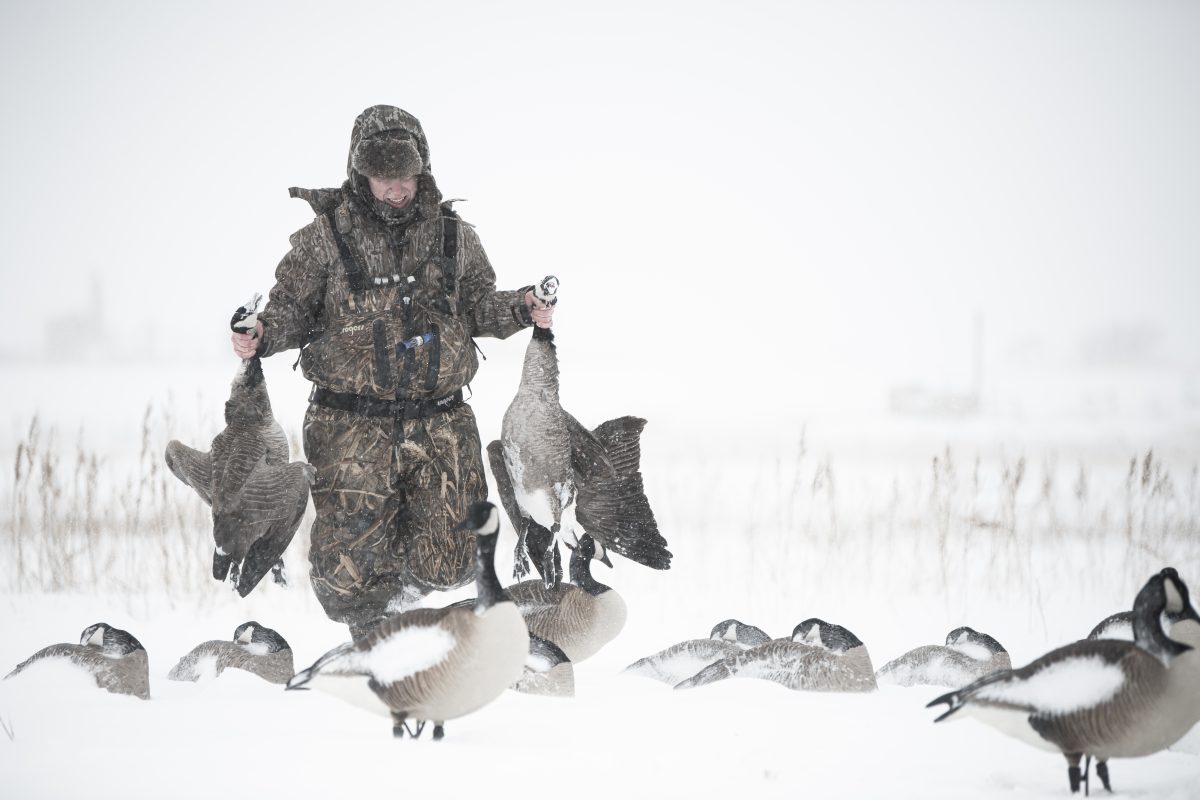
I’m sure I’m not the only person who considers how much value I’ll get when I make a purchase, and with milder winters in the Rocky Mountain West, I’ve had to think outside the box the past ten years or so when it comes to getting my money’s worth out of shells. I’ll say though, they have revolutionized the way I hunt both with snow and without it.
If you watch geese closely they will be moving and feeding (in an upright or walking posture) for about two to three hours throughout an entire day. During peak feeding times birds will be walking around pecking to collect as many calories as they can. Outside of those peak feeding times though, you’ll almost always see geese in resting postures. Remember, they are playing a survival game, and expending energy burns valuable calories that could otherwise be saved for migration reserves, or heat production and preservation. The more they move, the worse their odds are of making it through the winter. Whether you see birds staging in a field prior to feeding, after feeding heavily in the fields mid morning, or on mid day loafing or roost areas such as lakes or rivers, you’re almost guaranteed to find a few geese catching some Zs.
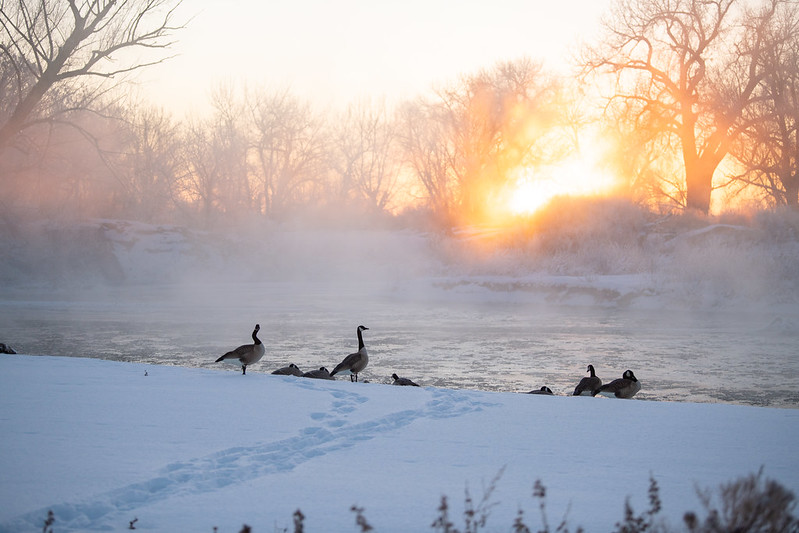
I enjoy traveling across the country chasing ducks and geese, and while getting permission on a large feed is always the goal, private property in many areas may be nearly inaccessible leaving public land as the only option for a hunt. Most public waterfowl properties are on large lakes, rivers, and wetland areas, and often require a solid hike to get to your desired destination. Heck, even my favorite places to hunt geese at home in Colorado are public stretches of the South Platte, and those definitely require some effort to get into. This brings us to another perk of sleeper shells, and that is packability. Being able to stack shells and carry a large number of decoys at once is absolutely paramount for setting up a large enough spread to run traffic on birds between the roost and their field. Not only do the numbers help, but again, this is a scenario in which you will naturally see fifty percent or more of the birds sleeping or resting. Nothing is more beautiful than two to four dozen sleepers, and one or two dozen rester and upright full bodies on a sandbar along the shallow, cottonwood-lined South Platte River. I like a large group or two of sleepers set up on the sandbar facing the sun both for visibility and realism, with a few small groups of walking or resting birds between the groups and in the shallow water adjacent the shells. Just thinking of that scene while I type this gives me goose bumps and starts a highlight reel of days-past playing in my mind’s eye. While I could write songs and poems about that image forever, I digress. An easy pack in, and added realism make for a win-win scenario that often leads to a heavy pack back out.
Another perfect application for the sleeper shell comes where I would have least expected it. While hunting pit blinds, it can be very difficult to hide the lid itself. Full bodies will fall when the lid is moved too abruptly creating at worst a safety hazard, and at best a headache, and stake systems have to be drilled into the wooden lids which make for a reverse- dead fall type scenario for hunters hiding beneath them. Sleeper shells fit perfectly on the lids, hold tight with movement, and also help disguise the profile of the hunter. This common practice isn’t the big secret. That’s a well known fact. The surprise lies in how birds select a landing spot.
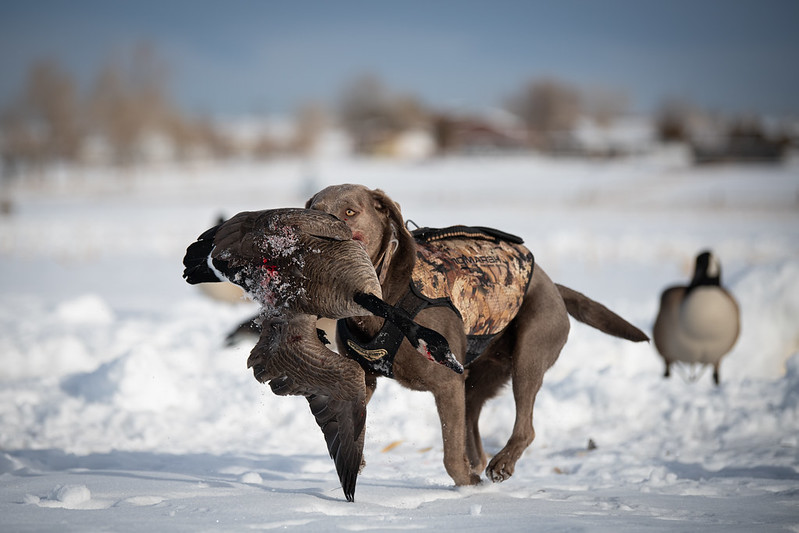
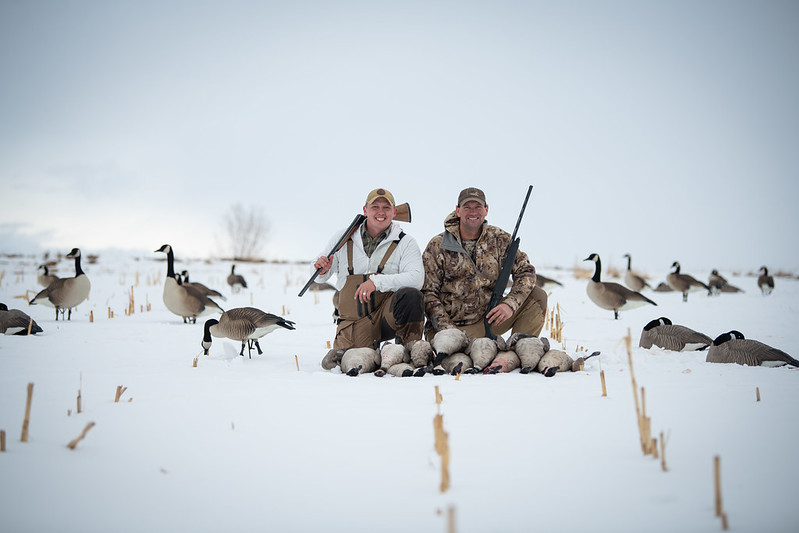
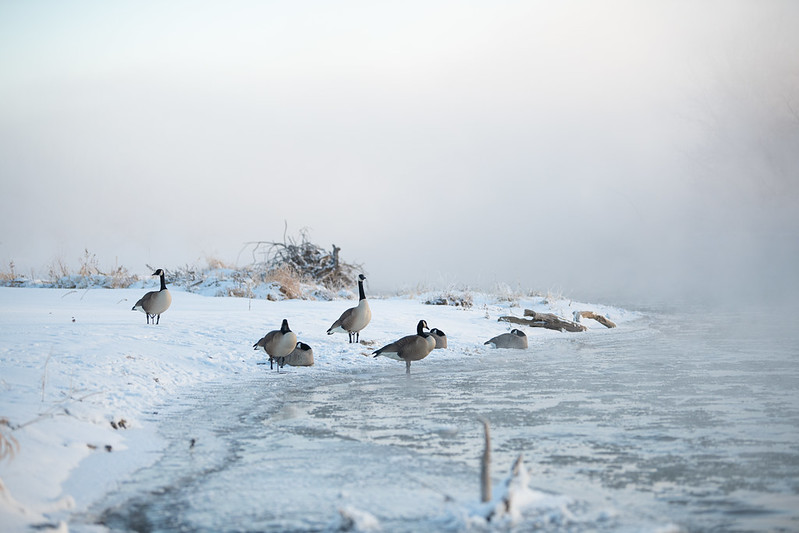
We all know how aggressive Canada geese of all sizes are. A quick walk around the park or golf course could give evidence of dozens of fights with tail feathers littered like leaves in the fall. Typically, while even the smaller varieties of Canada geese are drawn to a crowd of decoys, they rarely aim for a landing point in close proximity to alert, aggressive birds. While working birds from a pit, I’ve had great success and many experiences where birds have landed within feet of the blind, and even on the lid itself. I’ve attributed it to calls, flagging and other various things, but the more I started setting out groups of sleeper shells to help bulk up the spread, the more I noticed birds honing in on them and landing with them. I’d even move the cluster to create an open hole and see if that is what they preferred, and they’d go right to the group of sleepers in their new location. While this isn’t a hard and fast rule, I’d say more than half the time birds preferred to land with sleeper shells when they finished, or immediately adjacent them. I obviously don’t know everything a goose is thinking, but my best guess is that a sleeping goose is a non-aggressive, less threatening goose. If a bird can land near a food source without being attacked the second it hits the ground (which is usually the case in actively feeding flocks) it will take the path of least resistance. I’ve had great success directing those finishing birds with a cluster of ten to twenty loosely packed sleepers, again, mostly facing the same direction, and often toward the sun unless the wind is strong. While it often leads to bloody or shot-riddled decoys, those are two things that tell me they are worth the investment!
From the rainy skies of the Pacific Northwest all the way to the hollers of Tennessee, and everywhere in between, sleeper shells deserve a place in your arsenal. While you may draw a few goofy looks from your pals, you may also end up a few birds heavier on the drive home as a reward for thinking outside the box.
Back in Stock!
We’re excited to announce that the Maxima Sleeper Shell is officially back in stock! We’ve updated the paint scheme to match our new Maxima Floaters so that the entire Maxima Line matches perfectly.
Shop Maximas
